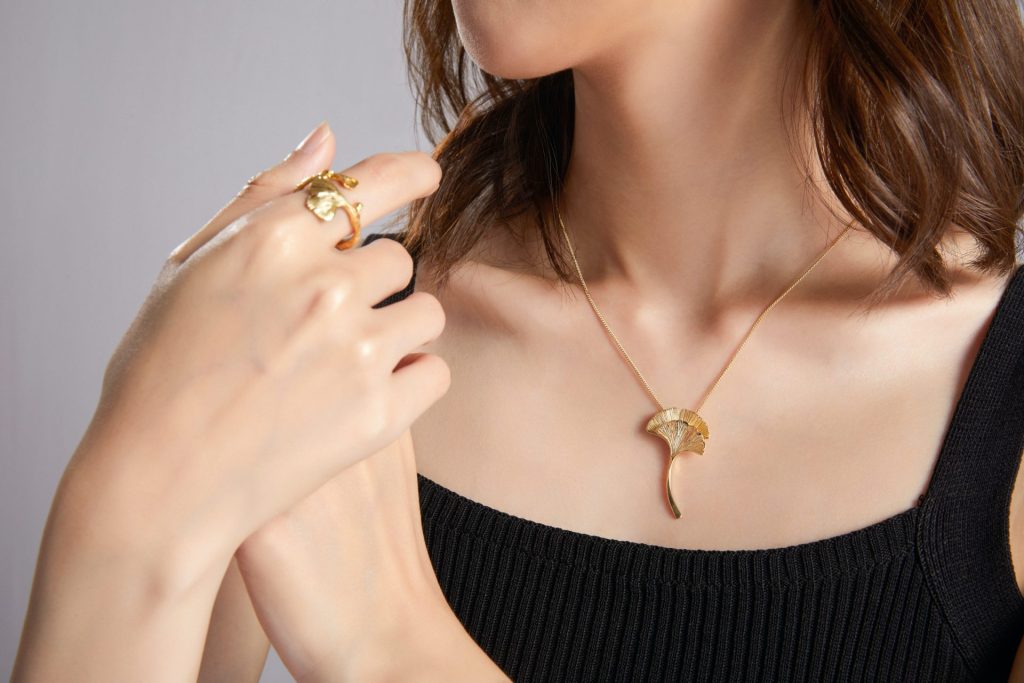Introduction: Understanding Jewelry as an Investment Asset
In the world of precious metals and fine adornments, jewelry serves a unique dual purpose: it satisfies personal desires for beauty and status while offering a tangible investment opportunity. As more investors diversify their portfolios with hard assets, gold and other precious metal jewelry have gained renewed attention. However, one critical decision often gets overlooked: whether to invest in custom-made pieces or established branded jewelry. The answer is not as straightforward as it seems and can significantly impact your future returns. Evaluating the resale value potential and understanding best practices for maximizing profits are essential steps for making an informed investment.
What Makes Jewelry a Good Investment?
Jewelry investment value is influenced by several interconnected factors:
Intrinsic Value: Primarily based on the weight and purity of precious metals and gemstones.
Brand Premium: The added value from brand reputation, craftsmanship, and market desirability.
Design and Craftsmanship: Superior artistry can enhance both intrinsic and collectible value.
Rarity and Demand: Unique pieces or limited-edition collections often command higher resale prices.
Condition and Documentation: Well-maintained jewelry with proper certification typically resells better.
Given these factors, the debate between custom-made and branded jewelry hinges on how they fulfill these investment attributes differently.
What Is Custom-Made Jewelry?
Custom-made jewelry refers to pieces specifically designed and crafted according to a buyer’s specifications. Characteristics include:
- Personalized design tailored to individual tastes.
- Freedom to choose metal purity, gemstone quality, and design intricacies.
- Often handcrafted by artisans or smaller boutique workshops.
Custom-made jewelry offers uniqueness and emotional value but varies widely in terms of investment quality depending on the maker’s reputation and material value.
What Defines Branded Jewelry?
Branded jewelry comes from established jewelry houses such as Cartier, Tiffany & Co., Van Cleef & Arpels, or Bvlgari. Features include:
- Strong brand reputation recognized worldwide.
- Standardized quality assurance, hallmarking, and certifications.
- Consistent market demand for vintage or limited-edition pieces.
Brands often command a premium over the intrinsic metal or stone value, which can significantly influence resale potential.
Resale Value: Custom-Made vs Branded Jewelry
Custom-Made Jewelry Resale Performance
Custom jewelry typically resells for:
- Gold Weight and Stone Value: Most buyers assess custom jewelry primarily based on raw material worth.
- Minimal Premiums: Unique designs rarely command extra resale premiums unless the jeweler is exceptionally renowned.
- Liquidity Challenges: Finding a buyer who appreciates the design and is willing to pay a premium is challenging.
Unless crafted by a famed artisan with collectible status, most custom pieces are valued at or slightly above scrap value upon resale.
Branded Jewelry Resale Performance
Branded jewelry often achieves:
- Retention of Premium Value: Pieces from iconic brands can maintain or even appreciate in value over time, especially limited editions.
- Broader Buyer Base: A strong market exists for pre-owned branded jewelry, including auctions, online resale platforms, and private collectors.
- Authentication Advantage: Documentation and brand authentication boost buyer confidence and resale prices.
In essence, branded jewelry enjoys better liquidity, higher resale margins, and lower depreciation rates compared to custom-made counterparts.
Case Studies: Real-World Investment Outcomes
Custom Piece Scenario
An investor commissions a custom 22k gold necklace weighing 100 grams at $65 per gram gold price. After 5 years, even if gold appreciates to $90 per gram, resale options are often limited to gold buyers or scrap merchants offering 90–95% of the prevailing gold value, minus potential deductions for design unsuitability or stone removal. Little to no premium is achieved for the design effort.
Branded Piece Scenario
The same investor buys a Cartier Love bracelet weighing 30 grams. Even after accounting for brand premiums at purchase, resale markets such as Sotheby’s or reputable resale sites offer 70–80% of original retail price, and sometimes higher if the model is discontinued or vintage. Brand cachet preserves value even after years of wear.
Best Practices for Maximizing Future Profits
If Buying Custom-Made Jewelry
- Choose High-Purity Materials: Prioritize 22k or 24k gold and certified gemstones.
- Opt for Timeless Designs: Avoid overly personalized features that limit resale appeal.
- Work With Renowned Artisans: Pieces by famous designers or workshops may gain collectible status.
- Document Everything: Keep detailed records of material quality, workmanship, and valuations.
If Buying Branded Jewelry
- Focus on Iconic Pieces: Invest in brands’ flagship collections like Cartier’s Love or Tiffany’s T series that consistently perform well in secondary markets.
- Buy Limited Editions or Discontinued Models: Scarcity drives demand and price appreciation.
- Preserve Condition: Maintain original packaging, certificates, and avoid excessive modifications.
- Monitor Retail Pricing Trends: Knowing when new model price hikes occur can inform optimal resale timing.

Key Considerations Before Deciding
Purpose of Purchase
If emotional satisfaction and uniqueness are your top priorities, custom-made jewelry makes sense. If financial returns are the main goal, branded jewelry offers more reliable prospects.
Budget Flexibility
Branded jewelry typically requires higher upfront investment. Custom jewelry can be tailored to specific budget constraints but might sacrifice resale benefits.
Time Horizon
Longer investment horizons may allow unique custom pieces to appreciate through changing tastes, especially if gold or gemstone prices soar. However, branded pieces usually offer more immediate liquidity and easier marketability.
Geographic Market
Demand for certain brands and designs can vary regionally. High-end branded jewelry tends to perform better internationally, while custom jewelry might only appeal within niche local markets.
Conclusion: Tailoring Investment to Goals
Custom-made jewelry and branded jewelry each present distinct advantages and risks when considered from an investment perspective. Branded jewelry emerges as the safer bet for investors focused on predictable resale values, broader market demand, and liquidity. However, custom-made pieces can still serve as meaningful investments if carefully crafted with intrinsic material value and timeless appeal in mind. Ultimately, aligning your jewelry investment strategy with personal goals, market realities, and a clear understanding of resale dynamics is the smartest way to blend passion with profit.

































